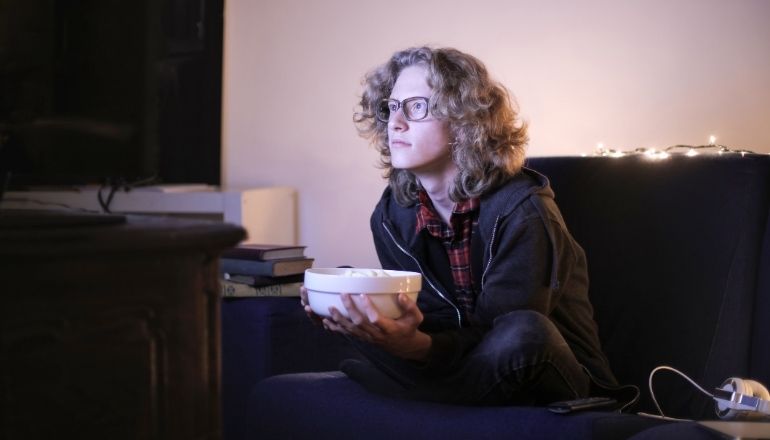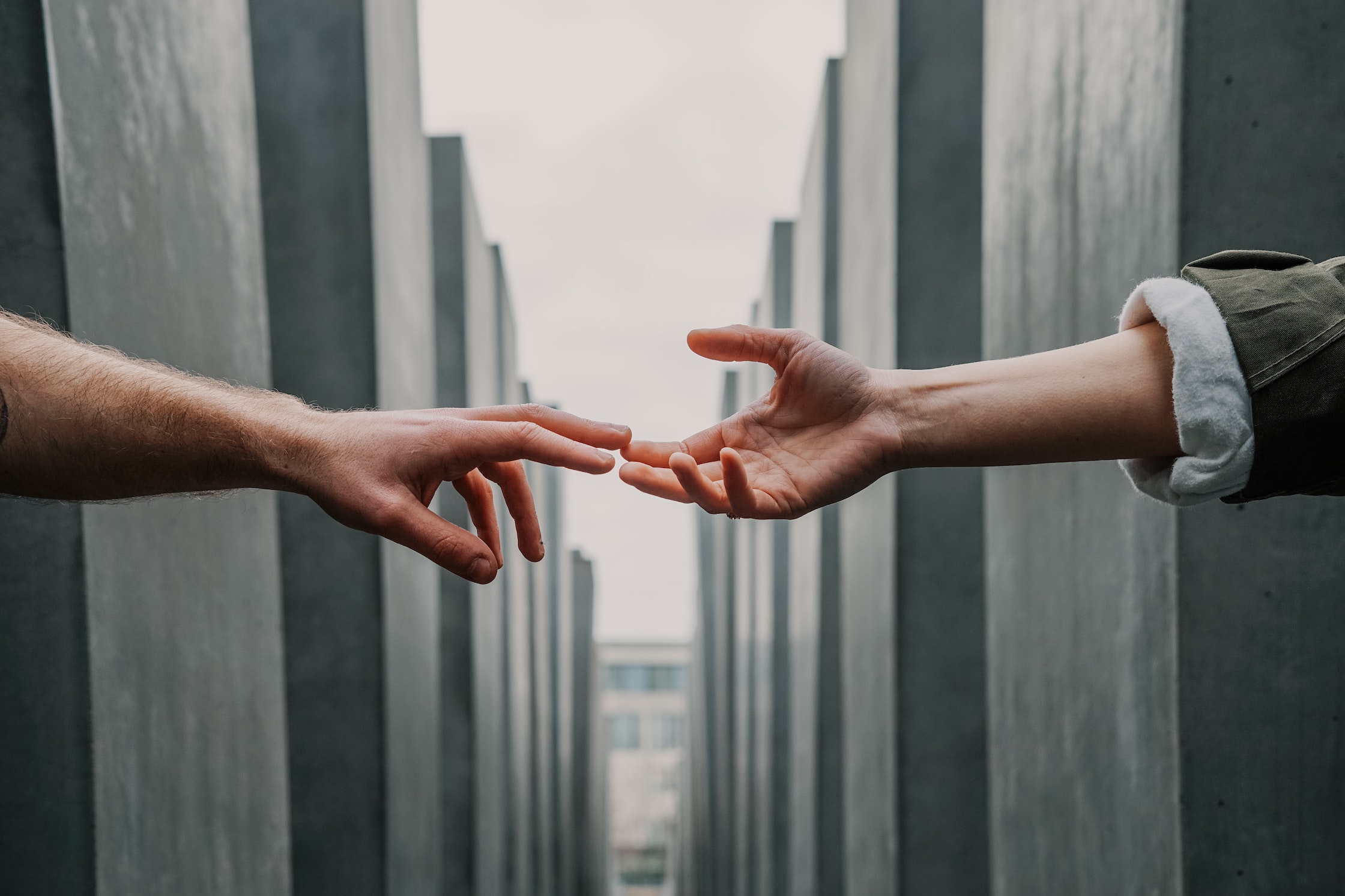Forming friendships or relationships with people you have never met or with fictional characters who do not even exist might sound like a fairly strange thought, but this type of bond occurs much more frequently than we would expect. As a matter of fact, it can happen to anyone who watches movies, TV shows, YouTube videos, sports, or even to anyone who reads books or listens to podcasts. This interaction is called a parasocial relationship; a one-sided relationship in which lay individuals like us become emotionally invested in another individual (usually a TV celebrity) who is completely unaware of our existence. It is not necessarily the actor who we form this relationship with, but more so the persona or the character that they are portraying. This bond is typically strengthened when the actor or individual maintains eye contact with the camera, making the relationship feel more personal and significant to the thousands of people watching the show. A simple yet prominent example would be in reference to the film Joker, where Arthur Fleck develops this exact relationship with a TV host, Murray Franklin.
Joker (Joaquin Phoenix) with an image of Murray Franklin (Robert De Niro) in the background | Warner Bros
So why exactly do we form parasocial relationships? What is the significance behind it and how is this phenomenon considered to be a norm yet so many of us are completely unaware of this one-sided interaction? Research on parasocial relationships have identified that they are most often shaped to resemble face-to-face relationships. Hence, when a media consumer like us engage in this relationship, it allows us to expand our social network in a way that limits the chance of rejection and empowers individuals to identify with personas of our choice who would naturally portray an empathic response. And if we do not like the persona that is being portrayed, we can simply choose to stay away from them without any repercussions. For some individuals, this one-sided relationship could serve as a quick escape from their real-life relationships.
Despite the one-sided nature of parasocial relationships, there are a number of similarities between these interactions and more traditional two-way social relationships. Studies have found that parasocial relationships provide us with emotional comfort and companionship, and viewers tend to experience a fond connection with the persona of their choosing and express feelings of affection, gratitude, and loyalty towards them. Although it may seem like this relationship is formed as a result of loneliness and isolation that exists within an individual’s reality, however parasocial relationships can actually help broaden an individual’s social network rather than restricting it, because although there may be a huge screen serving as a barrier between two individuals, they are considered to be real relationships. The individual on the other end of the relationship may never know you and may not reciprocate your feelings, but those feelings you form when you watch them on screen are the same emotional and psychological experiences that you would attain out of real-life social relationships.
Although advantageous, parasocial relationships between a persona and a viewer should not reach the extremity of dependence, or need, or even obsession, which is when problems would arise; rather, something less intense yet still strong; something that lifts you up with inspiration and gives you an escape from the stresses of daily life, something that provides you with the strength that you need by engaging with the admirable persona that media figures such as Oprah or Michelle Obama portray. Something that gives you hope.
Written by: Kiranjeet Kaur (MPS Psychological Services Intern)
References:
Baek, Y. M., Bae, Y., & Jang, H. (2013). Social and Parasocial Relationships on Social Network Sites and Their Differential Relationships with Users' Psychological Well-Being. Cyberpsychology, Behaviour, and Social Networking, 16(7), 512-517. doi:10.1089/cyber.2012.0510
Ballantine, P. W., & Martin, B. A. S. (2005). Forming Parasocial Relationships in Online Communities. Advances in Consumer Research, 32, 197-201. Retrieved from https://www.acrwebsite.org/volumes/9073
Derrick, J. L., Gabriel, S., & Tippin, B. (2008). Parasocial relationships
and self‐discrepancies: Faux relationships have benefits for low self‐esteem
individuals. Journal of the International Association for Relationship
Research, 15(2), 261-280. doi:10.1111/j.1475-6811.2008.00197.x























